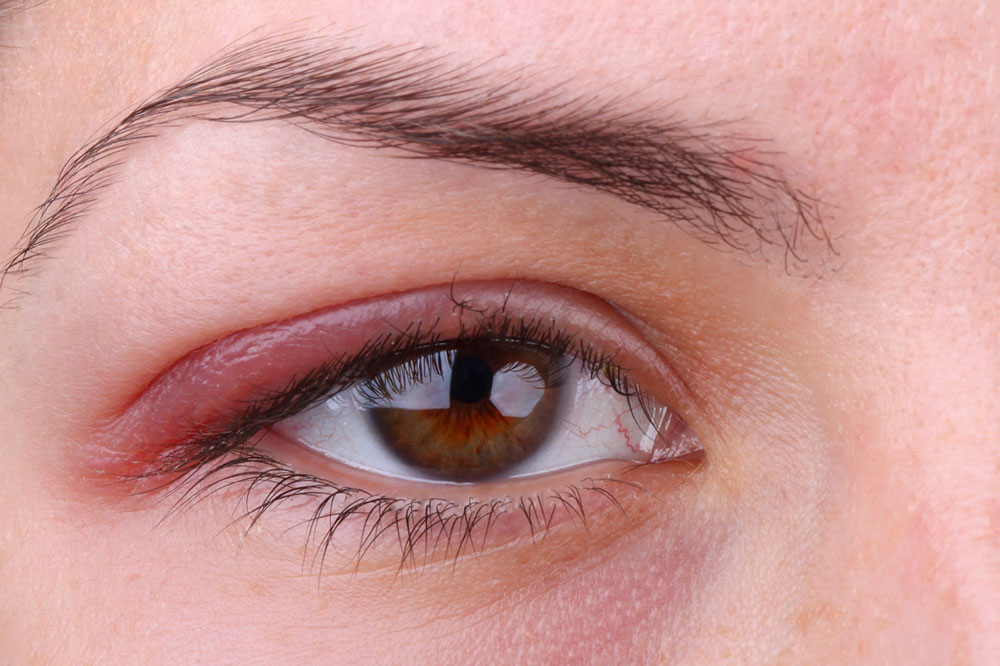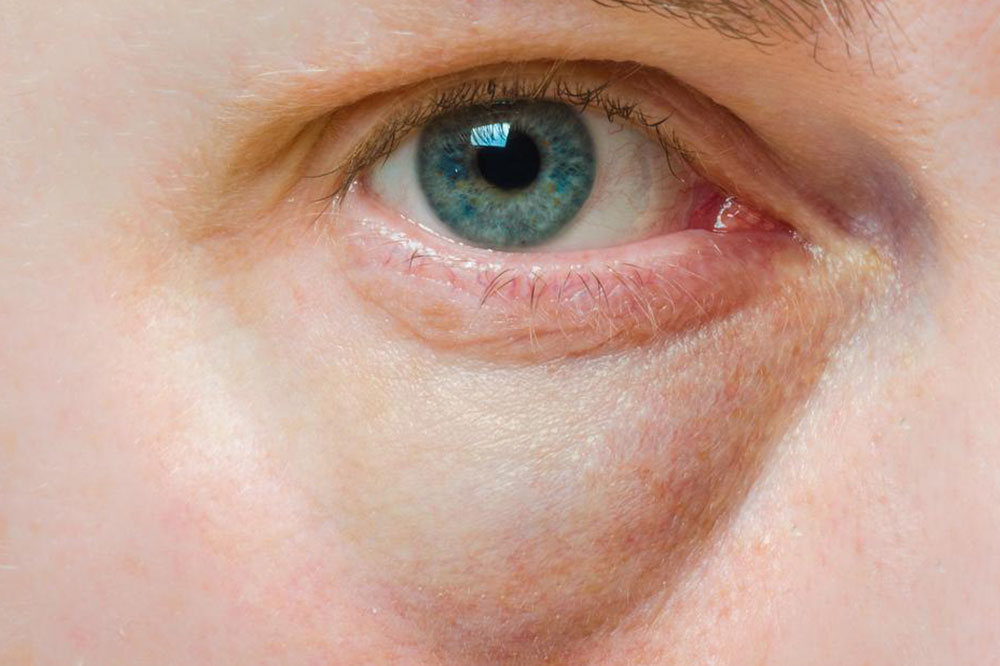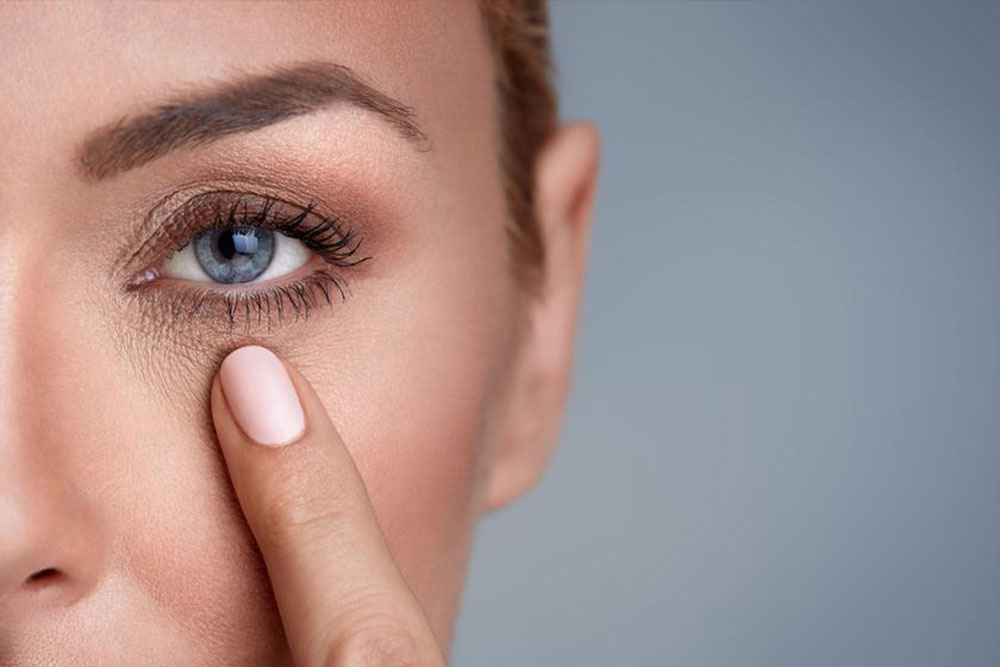Understanding Common Eye Conditions: Recognizing the Warning Signs and Maintaining Eye Health
This comprehensive article covers common eye disorders like cataracts, AMD, glaucoma, and diabetic retinopathy. It details their causes, symptoms, risk factors, and the importance of early detection through routine eye exams. Early diagnosis and treatment are crucial in preventing irreversible vision loss. The article emphasizes maintaining overall eye health and staying vigilant for warning signs, especially for at-risk populations. An informative read for anyone interested in safeguarding their vision and understanding key eye conditions that can impact quality of life, urging proactive eye care practices.

Understanding Common Eye Conditions: Recognizing the Warning Signs and Maintaining Eye Health
Eye health is a vital component of overall well-being, yet many individuals are unaware of the early signs of common eye disorders that could lead to vision loss if left untreated. Experiencing occasional eye discomfort is common, but persistent or worsening symptoms should never be ignored. Some eye issues are minor and may resolve on their own without intervention, while others require prompt medical attention to prevent long-term damage. This comprehensive guide aims to increase awareness of the most prevalent eye conditions, their symptoms, risk factors, and the importance of routine eye exams.
Maintaining good eye health involves understanding these conditions and recognizing early warning signs to seek timely treatment. Regular eye checkups are essential, especially for at-risk populations such as older adults or those with diabetes, high blood pressure, or other risk factors. Early detection and management can significantly reduce the risk of irreversible vision loss.
Cataracts: The Clouding of Vision due to Aging
Cataracts are among the leading causes of visual impairment worldwide, primarily affecting the elderly population. Over 90% of individuals above the age of 65 experience some symptoms associated with cataracts. Although the precise cause of cataract formation remains unclear, aging is considered the primary factor. Additionally, risk factors such as diabetes, smoking, prolonged exposure to sunlight, and certain medications can accelerate the development of cataracts. The hallmark symptoms include clouded or blurred vision, difficulty seeing at night, sensitivity to glare, and double vision in affected eyes. These symptoms tend to develop gradually, making early stages easy to overlook. If left untreated, cataracts can lead to significant visual impairment and even blindness.
Age-Related Macular Degeneration (AMD): Central Vision Loss in Older Adults
Age-related macular degeneration (AMD) damages the macula, the central part of the retina responsible for sharp, detailed vision necessary for activities like reading, driving, and recognizing faces. AMD is a leading cause of blindness among older individuals and tends to develop gradually. The condition results from the accumulation of waste deposits that hinder the delivery of nutrients to retinal cells, leading to their deterioration. Lifestyle choices significantly influence AMD risk; smoking, a poor diet lacking nutrients like antioxidants, high body mass index, and obesity increase susceptibility. Typical symptoms include blurred vision, difficulty distinguishing fine details, distortion of straight lines, and altered color perception. There are two main types: dry AMD, characterized by drusen buildup, and wet AMD, involving abnormal blood vessel growth beneath the retina, which can cause rapid vision loss unless treated promptly.
Glaucoma: The Silent Thief of Sight
Glaucoma is a group of eye conditions that damage the optic nerve, often associated with elevated intraocular pressure. It is often called the silent thief of sight because it progresses slowly and symptoms may not be apparent until significant damage has occurred. Without early diagnosis and treatment, glaucoma can result in irreversible blindness. Common symptoms include peripheral vision loss, blurred vision, eye aches, halos around lights, nausea, and headaches. Risk factors include high intraocular pressure, family history, age, ethnicity, and medical conditions such as diabetes. Regular eye exams that measure eye pressure are vital for early detection. Treatment options typically involve medications, laser therapy, or surgery to reduce intraocular pressure and prevent further optic nerve damage.
Diabetic Retinopathy: Vision Threatened by Diabetes
Diabetic retinopathy is a serious complication of diabetes that affects the tiny blood vessels of the retina. It is one of the leading causes of blindness worldwide among working-age adults. The condition develops gradually and may initially be asymptomatic, making regular eye examinations crucial for people with diabetes. Early signs include blurred or double vision, dark spots or floaters, halos around lights, and sudden vision loss. Over time, damaged blood vessels can leak and cause swelling or abnormal growth of new vessels, which can further impair vision. Managing blood sugar levels through medication, diet, and lifestyle choices is vital to slow or prevent progression. Laser surgery and injections of medications can help control advanced diabetic retinopathy, stabilizing vision and preventing blindness.
In conclusion, understanding the symptoms and risk factors of these common eye conditions enables early intervention, which is critical in preventing permanent vision loss. Routine eye examinations are the best way to catch issues early, especially for high-risk groups. Maintaining a healthy lifestyle and protecting your eyes from harmful exposures are essential steps toward preserving good vision throughout your life.





